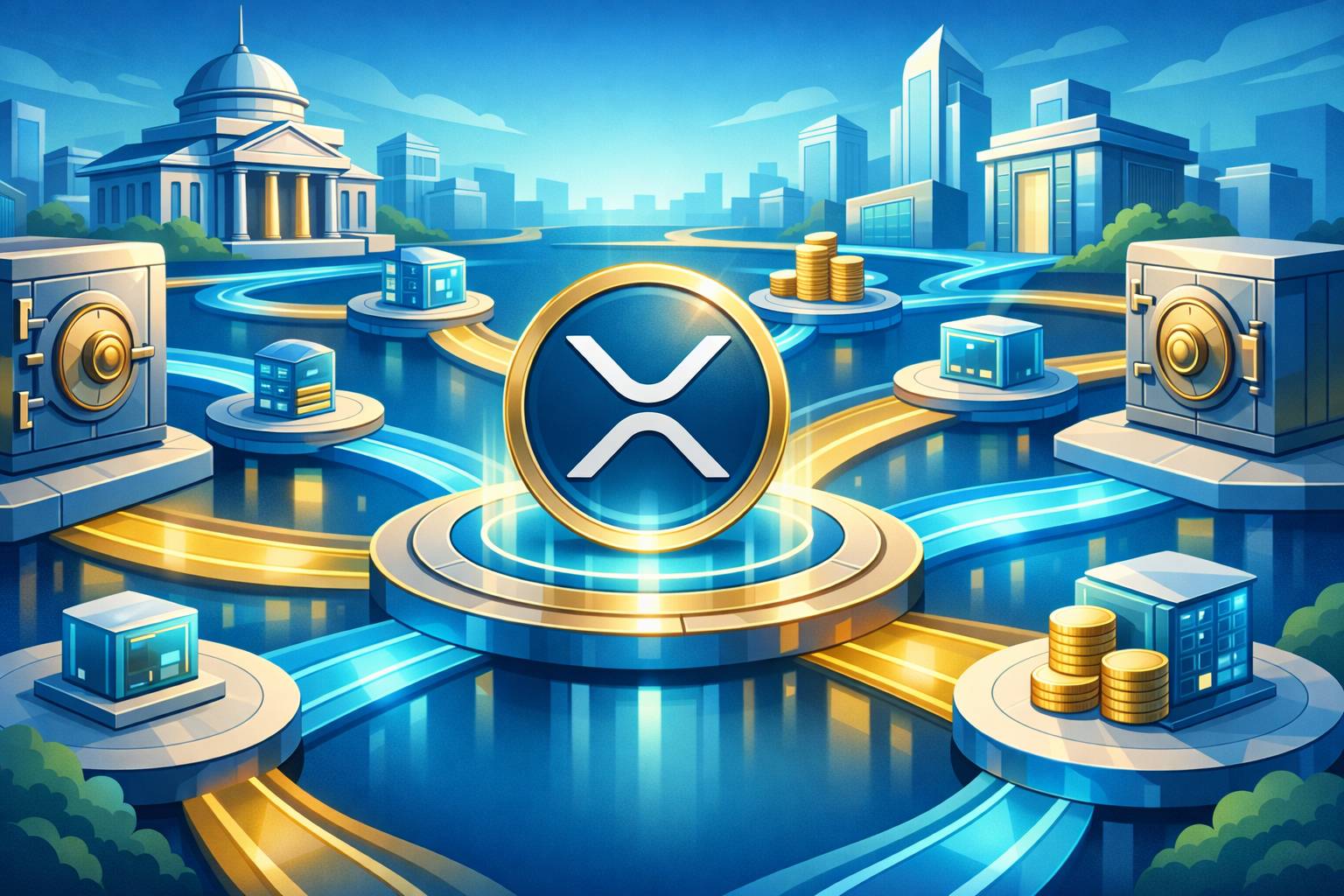Unveiling the Maker Protocol: A Comprehensive Guide to MakerDAO and Dai
Quick Overview - Maker Protocol and MakerDAO
The Maker Protocol is a decentralized platform established by MakerDAO, functioning on the Ethereum blockchain. This framework allows individuals to create and oversee Dai, a stablecoin that mirrors the US dollar's value. The protocol operates using a combination of smart contracts and Collateralized Debt Positions (CDPs), empowering users to secure their crypto holdings as collateral for generating Dai. Governance of the protocol is carried out by MKR token holders who engage in the system's decision-making, ensuring its overall stability.
Understanding Collateralized Debt Positions (CDPs)
A fundamental aspect of the Maker Protocol is the Collateralized Debt Positions (CDPs). These CDPs enable users to secure their digital assets as collateral to mint Dai. To initiate a CDP, users commit their selected collateral (such as Ether) into a smart contract. The contract then determines the maximum Dai that can be issued, based on the collateral's current value and a predefined collateralization ratio. Users can extract Dai within this constraint but must adhere to the collateralization ratio to prevent liquidation. Should the collateral's worth dip below a set point, the CDP may be liquidated to uphold the system's stability.
Dai: The Stablecoin
Dai, the stablecoin developed and managed through the Maker Protocol, differs from traditional stablecoins typically backed by fiat reserves. Instead, Dai is secured by collateralized assets in CDPs, which may include a variety of cryptocurrencies, promoting a decentralized and transparent stability model. Intended to maintain parity with the US dollar, Dai strives for a 1:1 value ratio. Its stability is sustained through the Maker Protocol's self-regulating system, which adjusts Dai supply in response to market demand and CDP collateral levels.
The Model of a Decentralized Autonomous Organization (DAO)
The Maker Protocol functions as a decentralized autonomous organization (DAO), which operates through smart contracts and is governed by its community of participants with voting rights. In this model, MKR token holders form the governing body, engaging in critical decisions such as setting the stability fee and managing system risk parameters. The decentralized nature of the Maker Protocol ensures that no single individual or entity can exert control, promoting transparency and minimizing manipulation risks.
Ensuring Stability: Fees and Liquidation Processes
To maintain the Dai's value and system equilibrium, the Maker Protocol employs various stability mechanisms. Among these is the stability fee, an interest charged on outstanding Dai loans. This fee, determined by MKR token holders, encourages users to repay their Dai obligations, thereby supporting system stability. When a CDP's collateralization falls beneath a predefined level, it becomes liable for liquidation, involving the sale of collateral to cover the Dai debt. This process is vital to ensuring Dai remains stable and sufficiently backed.
The Role of MKR Tokens
The MKR token is the cornerstone governance token within the Maker Protocol. Holders of MKR tokens have voting privileges and actively contribute to the protocol's governance, from determining stability fees to managing risk controls integral to the protocol's operation and stability. Additionally, MKR tokens serve a financial function by recapitalizing the system when debt or undercollateralization occurs. Market dynamics influence MKR's value, which varies with the token's demand and the Maker Protocol's performance.
Wrapping Up
The Maker Protocol, driven by the principles of MakerDAO, facilitates the creation and management of the Dai stablecoin. Utilizing Collateralized Debt Positions (CDPs) and smart contract systems, it allows users to pledge their crypto assets as collateral to produce Dai. Governance by MKR token holders ensures active participation in decision-making and system stability maintenance. The Maker Protocol's innovative approach to stability and decentralization makes it a pivotal player in the decentralized finance (DeFi) landscape, offering a compelling alternative to conventional stablecoins.









